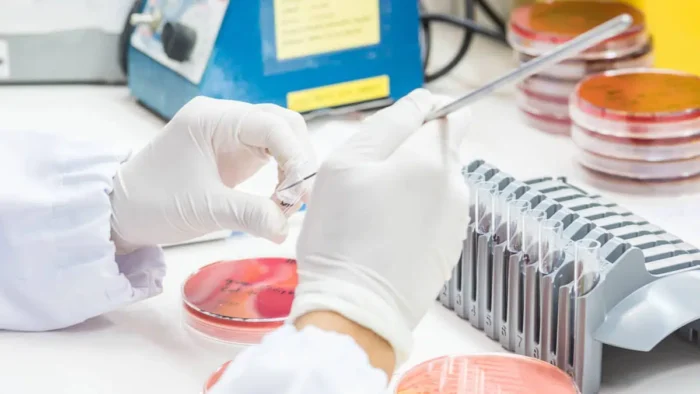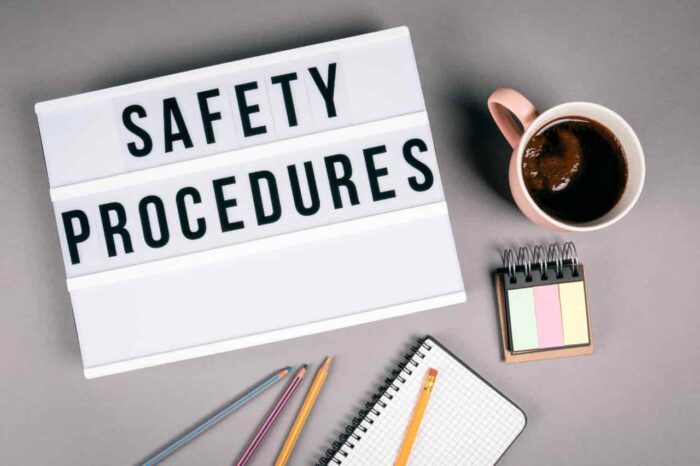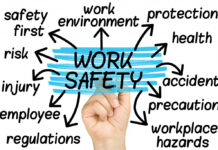
Bloodborne pathogens are not just words confined to medical dictionaries; they have real-world implications impacting various sectors, from healthcare to tattoo studios. Recognizing their critical role in infectious disease transmission highlights the importance of bloodborne pathogen certification in numerous industries. This certification is more than just a piece of paper – it signifies an individual’s commitment to promoting health and preventing disease. This guide aims to walk you through the journey of obtaining this essential certification.
Understanding Bloodborne Pathogens

Bloodborne pathogens are infectious microorganisms present in human blood. They can cause diseases, some of which are potentially fatal. High on the list of these pathogens are HIV, hepatitis B, and hepatitis C. These diseases can significantly impair health, with outcomes ranging from chronic infections to liver cirrhosis and even cancer. Transmission can occur in various ways, but common methods include contact with infected blood, sharing needles, or unsafe medical procedures. The knowledge of these pathogens, their transmission, and effects, is the first step toward prevention.
Benefits of Bloodborne Pathogens Certification
Being certified in bloodborne pathogens is not only about personal knowledge enhancement but also a testament to one’s dedication to public safety. Here are some perks of being certified:
- Enhanced Safety: Knowledge is power. Understanding the risks and preventive measures decreases the chance of disease spread.
- Increased Employability: In industries where exposure to blood is frequent, certification might give you an edge in job applications.
- Diverse Applicability: From healthcare to beauty industries, knowledge about bloodborne pathogens is invaluable. For instance, a tattoo artist with this certification assures clients of a safe experience, and a paramedic can respond to emergencies without hesitation.
Selecting the Right Training Program
Choosing the right certification program is pivotal. Some key considerations include the course content, accreditation, and delivery mode. To ensure the quality of your training:
- Look for accredited programs, which follow industry standards.
- Assess the course outline to ensure comprehensive coverage of essential topics.
- Opt for recognized providers with positive reviews and feedback.
Curriculum Overview

A typical bloodborne pathogen certification course delves into topics such as:
- Disease Transmission: Understanding how diseases spread is crucial for prevention.
- Exposure Control Plans: A blueprint on how to handle potential exposures.
- Safety Protocols: Ensuring you and those around you remain safe.
By the end of the course, participants are equipped with both theoretical knowledge and practical skills to handle real-life situations.
Online vs. In-Person Training
Choosing between online and in-person training often depends on individual needs and circumstances. Online options, such as MyCPR NOW, rapidly gaining popularity in the digital age, provide unparalleled convenience and flexibility. They’re especially suited for those juggling multiple responsibilities, ensuring learning can happen anytime, anywhere. In contrast, in-person sessions, traditional but effective, offer the richness of direct interactions, hands-on experiences, and the opportunity for immediate feedback. These sessions often foster deeper connections with instructors and fellow participants. Before making a decision, it’s essential to weigh your unique learning style, commitments, and goals against these factors to identify the most conducive learning environment for you.
The Certification Process
Venturing into the world of bloodborne pathogens certification is a structured journey. It starts with Registration, where you identify and enroll in a course that matches your needs and industry standards. Once registered, the Course Completion phase begins. This stage is more than just passive learning; it’s about actively engaging with the material, attending scheduled sessions, seeking clarifications, and immersing oneself in practical exercises designed to mimic real-world scenarios. The journey culminates in the Examination, where your acquired knowledge and skills are put to the test. This assessment is pivotal, as most certifications will validate your expertise only after you’ve successfully passed this challenge.
Mastering Safety Protocols

Safety protocols, such as hand hygiene, PPE usage, and safe disposal techniques, form the very pillars of infection control. Take PPE, for instance. When used correctly, it acts as a formidable barrier, significantly minimizing the risk of infection during medical or laboratory procedures. These aren’t mere theoretical concepts; their relevance is emphasized daily in real-world scenarios. Whether it’s a healthcare worker attending to a patient or a lab technician handling samples, these protocols determine the thin line between safety and potential exposure, underscoring their critical importance in preventing disease transmission.
Real-World Applications
The spectrum of industries emphasizing the importance of understanding bloodborne pathogens is impressively vast. It extends from critical environments like hospitals, where professionals combat direct health threats daily, to settings like tattoo parlors, where ensuring a client’s safety is paramount. Consider the emergency responders, the first on the scene of accidents; their swift, informed decisions can be life-saving. Similarly, beauty technicians, like those performing microblading procedures, hold the client’s trust in their hands. In all these roles, the certification isn’t just a nod to personal competence but a commitment to uphold community health and safety.
Maintaining Certification and Recertification
In the ever-evolving realm of medicine and healthcare, remaining static isn’t an option. New discoveries, techniques, and threats emerge, necessitating professionals to stay in step with the latest knowledge. Certifications, while comprehensive, have a validity period. After this duration, recertification, an essential process, beckons. This cycle isn’t just about renewing a certificate but ensuring that you are always equipped with current best practices. By committing to continuous learning and periodic recertification, you’re ensuring that your knowledge remains fresh, relevant, and in line with the highest safety standards.
Challenges and Precautions

Handling bloodborne pathogens isn’t solely a physical undertaking; it also demands psychological resilience. Beyond the tangible risks lies an emotional landscape, occasionally fraught with anxiety and stress. Encountering materials that are potentially infectious, knowing the risks they carry, can be mentally taxing. It’s crucial to strike a balance, ensuring physical safety while also addressing emotional well-being. Adopting stress-relief practices, seeking peer support, or even consulting professionals can be beneficial. Embracing self-care routines and always prioritizing one’s mental and emotional health is as vital as mastering safety protocols.
Taking the First Step
In essence, acquiring a bloodborne pathogens certification is more than just adding a qualification. It’s a commitment, a testament to an individual’s dedication to safeguarding health at both personal and community levels. This journey, rich in knowledge and insights, equips you to become an advocate for safety and health. But like all significant journeys, it begins with a single step. That initiative rests with you. By enrolling in a certification course, you’re not just enhancing your skills but making a pledge to contribute to a safer, healthier world.
















